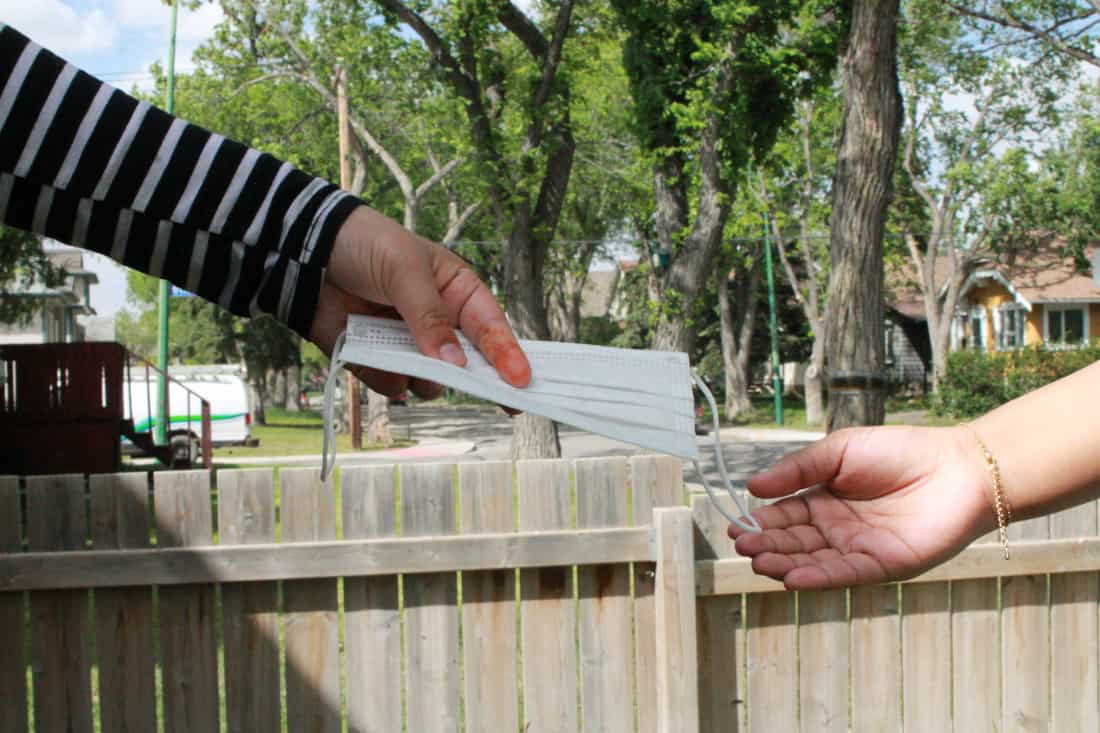
What does one need to survive a global crisis?
In the midst of the COVID-19 pandemic, we have been forced to answer this question. Hand sanitizer, cloth face masks, non-perishable food items and soap have all been staples on most of our grocery lists.
While all of these items are essential supplies and we must work to ensure everyone has access to them, there is one more thing that is absolutely essential for us to have. And that is a healthy supply of hope.
Hope is not found on the shelf of any grocery store, nor can it be delivered to your doorstep. It is difficult to define in a precise string of words, but when experienced, it is felt deep within the soul. And so as the province reopens, and we return to a life that is anything but normal, we will need hope more than ever to make it through this.
Where do we find this much-needed hope?
While it cannot be bought, hope can be found. Whether that be in cross country sing-alongs or in following physical distancing measures when in public spaces, or in communities who have come together to support frontline workers. These acts, small, big or in between, highlight the need we feel to help out our fellow neighbours, citizens and communities globally. By sharing these stories, hope spreads, multiplies and inspires. Because of this, I’d like to share some of my latest favourite instances of hope in our communities.
One of the defining images of this time will be that of hospitals and healthcare staff dressed head to toe in personal protective equipment. One has to imagine that it is very uncomfortable and probably also straining to wear equipment, like a face mask, for the entire duration of a shift.
Twelve-year-old Quinn Callander from Vancouver found out that his local hospital was asking for help with this exact issue. Its healthcare workers were experiencing ear pain and stress after wearing masks for their work shifts. Inspired by designs from an open source 3D printing community, he developed an ear guard that prevents masks’ elastic bands from irritating against the back of the wearer’s ears.
Since March, he’s made over 1700 mask straps, all going to hospitals in Vancouver. Moreover, Callander has made the design available for anyone to find and use online. This story gives me hope that with innovation and compassion we can find much-needed solutions.
On the topic of masks, we knew from the beginning of the lockdown, and even before, that there was a shortage of medical supplies like masks and gloves. News story after news story highlighted how front line staff, whether that be in hospitals or in grocery stores, are adapting to new realities. The stress to source masks has only increased with the use of non-medical masks being recommended.
From across the country, the call for a solution to the shortage has been answered. Take Diana Dixon in Prince Albert, who put her sewing skills to work creating masks for community groups like the YWCA. And, Mask Markers YYC, a volunteer group in Calgary with over six hundred members creating and donating masks to medical workers in the city. Across the country, Canadians are putting their skills and hobbies to meet a pressing necessity.
The stories I’ve shared are just the tip of the iceberg, so many more acts of kindness and bravery are occurring everyday across the world.
It gives me immense hope to know that we are willing to use whatever resources and skills we have to do something good for others during a difficult situation.
As we begin to slowly reopen the province, in addition to following physical distancing measures, we must remember to have hope and continue to act in ways that create reason for it.
That very hope, fuelled by compassion, is our guiding light out of this.
This op-ed was written by a University of Saskatchewan undergraduate student and reflects the views and opinions of the writer. If you would like to write a rebuttal, please email opinions@thesheaf.com.
—
Vaidehee Lanke | Opinions Editor
Photo: Ammara Syeda | Photo Editor